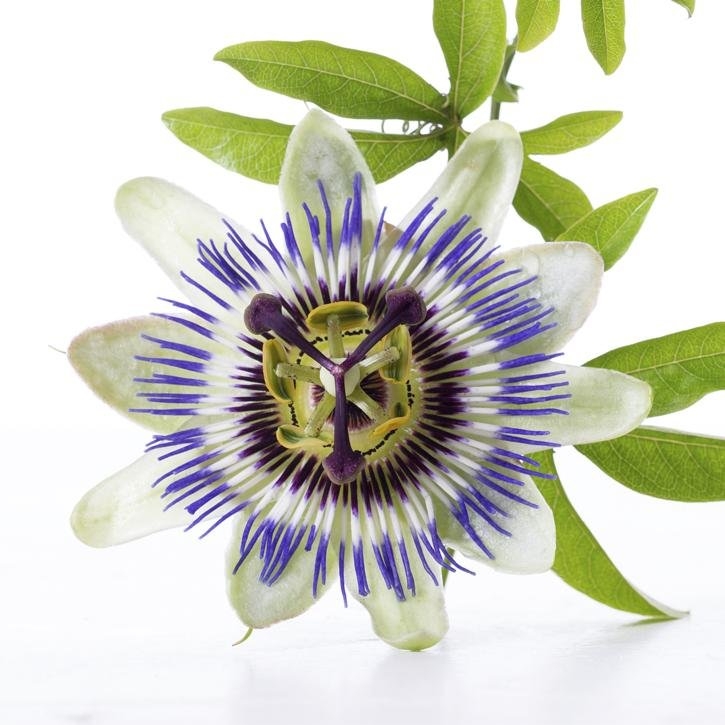It is original from
The leaves and flowers.
Other uses
- Real Farmacopea Española. Suplemento 2000.
- British Herbal Pharmacopoeia, 1990.
- Jean Bruneton. Farmacognosia. Fitoquímica Plantas Medicinales. 2ª Edición. 2001. Ed Acribia. S.A.
- Bulletin officiel Nº 90/22 bis. Ministère des Affaires Sociales et de la Solidarité.
- French Public Health Code.
- Plantas Medicinales. Thérapeutique-Toxicité. Christiane Vigneau. Masson, Paris 1985.
- Herbal Drugs and Phytopharmaceuticals. Norman Grainger Bisset (Ed). Max Wichtl. CRC Press.1994.
- Plantas Medicinales y Drogas Vegetales para infusión y tisana. Edición española a cargo de: Salvador Cañogueral, Roser Vila, Max Wichtl.1998.
- Plantas Medicinales. Margarita Fernandez y Ana Nieto. Ed Universidad de Navarra. EUNSA 1982.
- Matière Médicale (tomo II). RR Paris- H. Moyse. Masson 1981.
- The Complete German Commission E Monographs. Therapeutic Guide To Herbal Medicines. Mark Blumenthal. American Botanical Council 1998.
- Pharmacognosy, Phytochemistry, Medicinal Plants. Jean Bruneton. Lavoisier Publishing.
- Fitoterapia: Vademecum de Prescripción. Plantas Medicinales. Colaboran: Asociación española de médicos naturistas. Colegio Oficial de Farmacéuticos de Vizcaya.
- Fitoterapia Aplicada. J.B. Peris, G. Stübing, B.Vanaclocha. Colegio Oficial de Farmacéuticos de Valencia 1995.
-Pharmacognosy 9th edition. Varro E. Tyler – Lynn R. Brady – James E. Robbers.
- 100 Plantes Medicinales. Max Rombi. Romart 1998.
- Enciclopedia de las Hierbas y de las Plantas Medicinales. 9ª edición. Tina Cecchini. Editorial de Vecchi. S.A., 1987.
- Botanical Influrences on IIIness. Melvyn R. Werbach, M.D. Michael T. Murray, N.D.
- Bachiller, LI. Efectos de las drogas vegetales. En: Actas del III Congreso Internacional de Fitoterapia y Técnicas Afines “Ciudad de Oviedo”. 2002.
- Della Loggia R, Tubaro A y Redaelli C. Evaluation of the activity on the mouse CNS of several plant extracts and a combination of them. Riv Neurol. 1981;51(5):297-310.
- Fisher AA, Purcell P y Le Couteur DG. Toxicity of Passiflora incarnata L. J Toxicol Clin Toxicol. 2000;38(1):63-6.
- Giavina-Bianchi PF Jr, Castro FF, Machado ML y Duarte AJ. Occupational respiratory allergic disease induced by Passiflora alata and Rhamnus purshiana. Ann Allergy Asthma Immunol. 1997;79(5):449-54
- Krenn L. Passion Flower (Passiflora incarnata L.)--a reliable herbal sedative. Wien Med Wochenschr. 2002;152(15-16):404-6.
- Ramos Ruiz A, De la Torre RA, Alonso N, Villaescusa A, Betancourt J y Vizoso A. Screening of medicinal plants for induction of somatic segregation activity in Aspergillus nidulans. J Ethnopharmacol. 1996; 5;52(3):123-7.
- Simmen U, Burkard W, Berger K, Schaffner W y Lundstrom K. Extracts and constituents of Hypericum perforatum inhibit the binding of various ligands to recombinant receptors expressed with the Semliki Forest virus system. J Recept Signal Transduct Res. 1999;19(1-4):59-74.
- Solbakken AM, Rorbakken G, Gundersen T. Nature medicine as intoxicant. Tidsskr Nor Laegeforen. 1997 Mar 20;117(8):1140-1.
- Soulimani R, Younos C, Jarmouni S, Bousta D, Misslin R y Mortier F. Behavioural effects of Passiflora incarnata L. and its indole alkaloid and flavonoid derivatives and maltol in the mouse. J Ethnopharmacol. 1997;57(1):11-20. (WOLFAM 1994)
- Zanoli P, Avallone R, Baraldi M. Behavioral characterisation of the flavonoids apigenin and chrysin. Fitoterapia. 2000 Aug;71 Suppl 1:S117-23.
